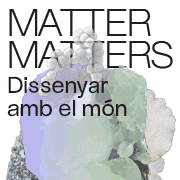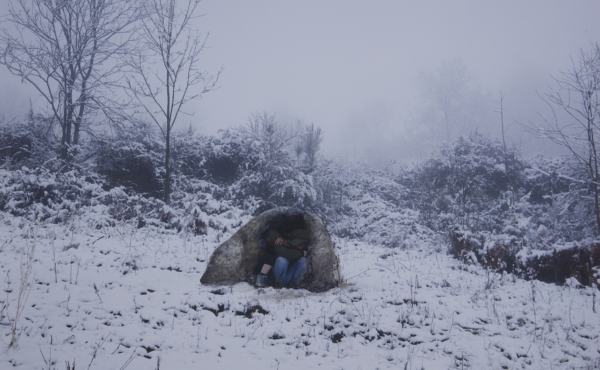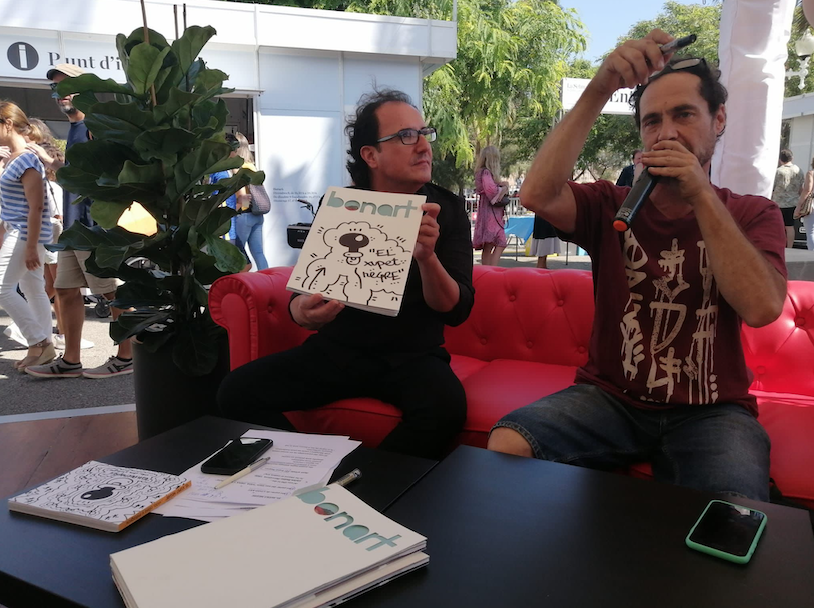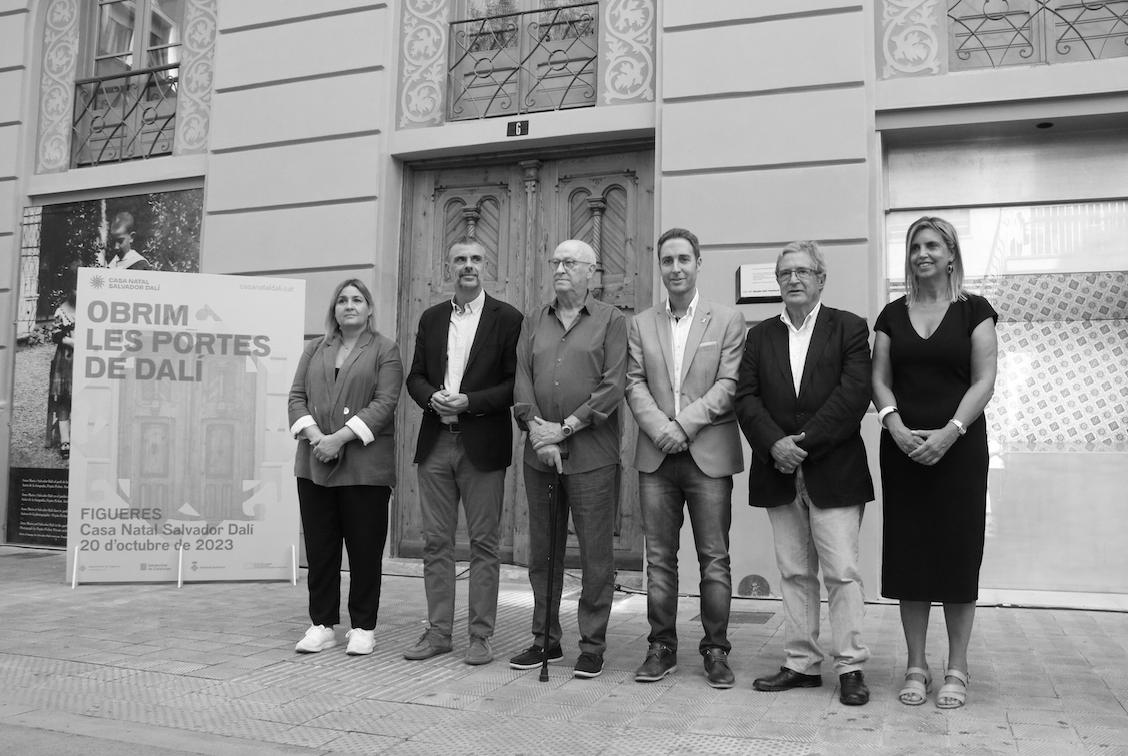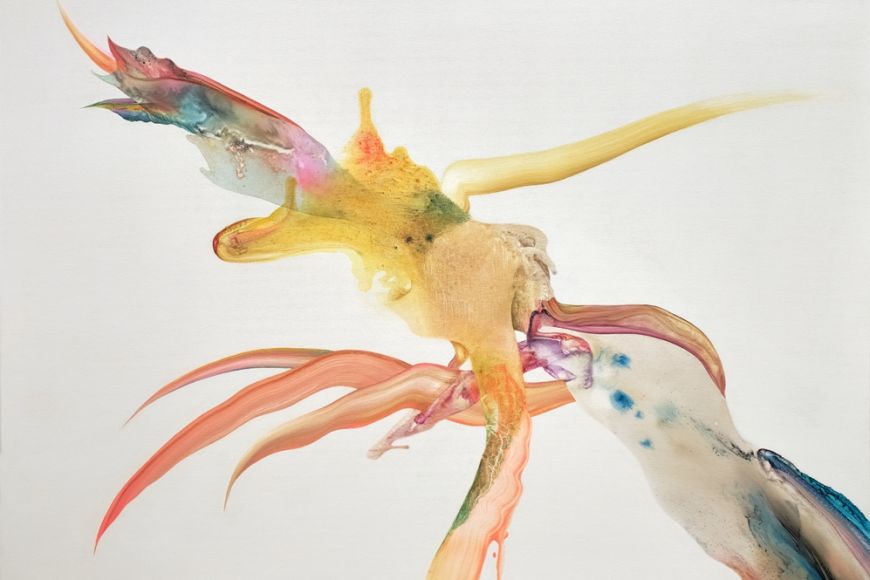Exhibitions
'Guinovart in tribute to Picasso' at the Espai Guinovart Agramunt Private Foundation
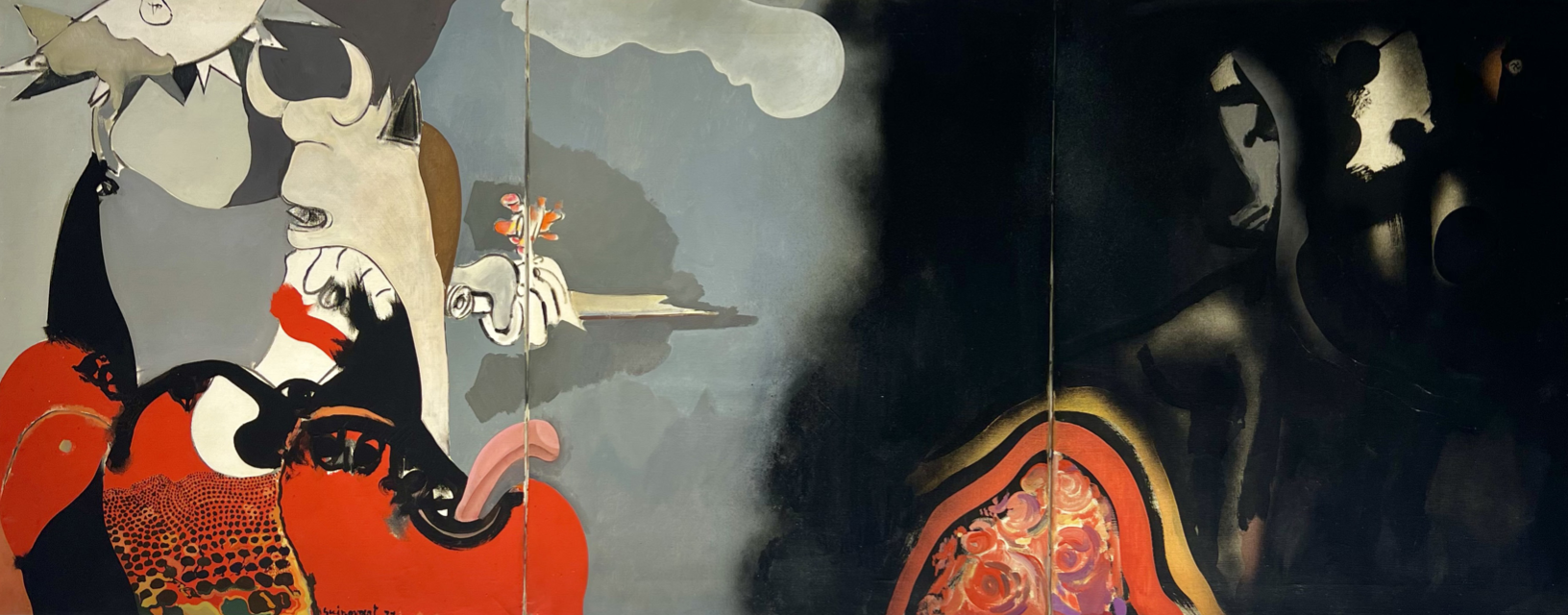
The Espai Guinovart Agramunt Private Foundation wants to be part of this year's commemoration of the 50th anniversary of the death of Pablo Picasso (1881-1973), with an exhibition of Josep Guinovart (1927-2007) creating a dialogue with the Malagasy. The Guinovart exhibition in tribute to Picasso, which can be visited from September 17 to January 14, 2024, establishes relationships between the respective languages through a selection of works by both artists, which weave analogies, correspondences and also claims. The inauguration will take place on September 17 at 12.30 pm.
If there is an artist who defines the 20th century, who represents it with all its harshness, violence, passion, excesses and contradictions, this is undoubtedly Pablo Picasso (1881-1973). This year's commemoration of the 50th anniversary of his death has mobilized all the state's Picasso institutions and also some of the great Spanish and French museums. The Espai Guinovart Agramunt Private Foundation wants to be part of this event with an exhibition by Josep Guinovart (Barcelona, 1927-2007) recreating a dialogue with Picasso. Guinovart's recognition of the artists he admired was made explicitly in the form of tributes. We think that Picasso - as well as Miró - apart from their artistic genius, are two characters who become leaders in the vindication of spaces of political and also creative freedom in a dark Spain and with whom the artist identifies in the struggle against injustice, oppression and power.
For Guinovart, one of the most significant voices of the plastic avant-garde of the second half of the 20th century, Picasso became an inexhaustible source of arguments and a model of contestation and rupture. Based on some works from Málaga, Guinovart will reflect on them and establish very particular links in a never-ending process of artistic experimentation, always loaded with this character of denunciation and transgression so characteristic of his work. Like many of his contemporaries, marked by the spirit of the end of the Second World War and the difficult post-war years, he is a non-conformist, a radical and fighting individual who builds a new world on the ashes of the previous one. He embodies the creator who needs to interact with the multiple stimuli from which he is fed, which is why he constantly reinvents himself by keeping his eyes on some vital references.
In 1937 Picasso paints his vision of the events of Guernica; an icon that represented the Second Spanish Republic at the Paris Universal Exhibition of the same year. This work becomes a symbol for Guinovart. On many occasions, he reflects it in his artistic production, alluding to both the formal and thematic aspects: Evasió del Casón del Buen Retiro or The Burial of Guernica II are excellent examples. Similarly, the series titled Heads and About the decapitations of Peter IV, reveal citations to Picasso. We also wanted to include a selection of ceramic works by both artists to trace correspondences and parallels.
Guinovart connects with Picasso because of his commitment and militancy in defense of culture and social and political values. The Guinovart exhibition in tribute to Picasso establishes relationships between the respective languages through a selection of works – both by Picasso and by Guinovart – that weave analogies, correspondences and also claims.
Guinovart connects with Picasso because of his commitment and militancy in defense of culture and social and political values. The Guinovart exhibition in tribute to Picasso establishes relationships between the respective languages through a selection of works – both by Picasso and by Guinovart – that weave analogies, correspondences and also claims.


